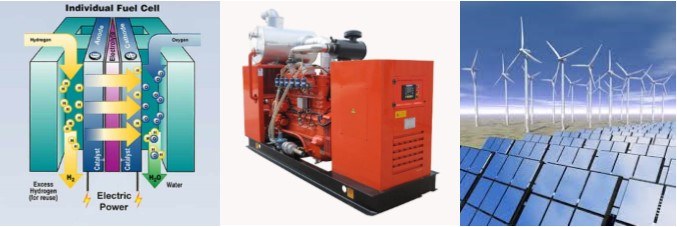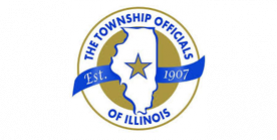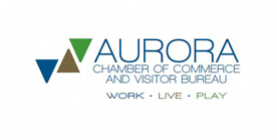
Distributed Generation
Independent Energy Consultants, Inc. is committed to helping its clients make well-informed and cost-effective decisions regarding their energy supply and consumption. We are sending you this newsletter to help you understand how decisions made, or not made, affect your company's bottom line.
Augmenting the Energy Grid
In the United States, it is easy to take our reliable sources of electricity for granted. Our electric grid takes energy produced at large centrally-located power plants and distributes it over hundreds of miles of wires to reach its ultimate end-user. No one sees that model going away anytime soon, but as demand grows and technology improves we look for innovative ways to augment the grid, and delay building new power plants and transmission lines.
In a previous IEC newsletter we discussed the move towards a "smart grid," where new technology is spread throughout the distribution system to better manage and coordinate our energy usage. That topic ties in nicely with this newsletter's discussion of Distributed Generation.
Cooperation Between Generators and End-Users
Distributed Generation is a way to supplement our fleet of centrally-located power plants by adding permanent smaller sources of power at the location where energy will be consumed. In doing so, we eliminate the expense associated with a traditional transmission and distribution system to serve that load center. While the majority of electricity will still come from traditional generators, there are alternative ways to meet our energy consumption needs.
Distributed Generation is gaining popularity, and comes on the heels of the success seen in Demand Response (DR) Programs that provide temporary relief to the grid. In a DR program, electric users agree to reduce their usage during peak demand hours in the summer, when the grid is at full capacity and at the risk of brown-outs/black-outs. The grid operators pay these users for their reduction, because it is a better alternative than building new power plants only to meet a few hours' worth of demand. DR participants can reduce their load by turning equipment off or by turning on backup generation; the latter option is an example of Distributed Generation.
Examples of Distributed Generation
In Distributed Generation, end users generate some amount of electricity onsite to offset what they consume from the grid. This can be done by installing generation equipment, such as:
- Solar panels, wind turbines, and hydroelectric turbines,
- Traditional gas-powered backup generators,
- Fuel cells that use chemical reactions to produce electricity,
- Micro turbines. These devices use a scaled-down version of a jet engine to produce electricity, and can be installed at facilities of any size.

There are also cases where facilities can harness their own by-products to produce electricity through "co-generation"; examples include:
- Some facilities give off large amounts of methane (such as waste water treatment plants). These facilities can capture and burn that methane to spin a turbine.
- Some facilities produce a large amount of heat as a by-product from their main operation (like a steel mill). That heat can be funneled and used to produce steam, spin a turbine, and generate its own electricity.
Working Through Your Energy Manager
There are many ways that consumers can benefit from Distributed Generation, and Independent Energy Consultants can help clients begin those projects.
- As a Curtailment Service Provider (CSP) Independent Energy Consultants can help clients participate in Demand Response programs. Grid operators require participants to work through a CSP to develop their reduction strategy, and use them to coordinate with clients during DR events.
- IEC licenses state-of-the-art energy accounting software as well as real-time energy monitoring systems that can quantify the benefits of any energy upgrades/retrofits. These also give clients the ability to audit and manage their consumption, making them more efficient and leading to lower utility bills.
- Our experts are able to evaluate proposals for renewable energy projects, give feedback on the costs versus the benefits, and make clients aware of any show-stopping fine print.
Many organizations recognize the benefits of managing energy, but may not have the time, the staff, or the experience for those projects. Retaining a professional energy consultant is a good way to cut costs on your energy bills while keeping overhead low and focusing man-hours where they are needed. Call us at 888-862-6060 for a free energy assessment and to see if Distributed Generation can work for you.



